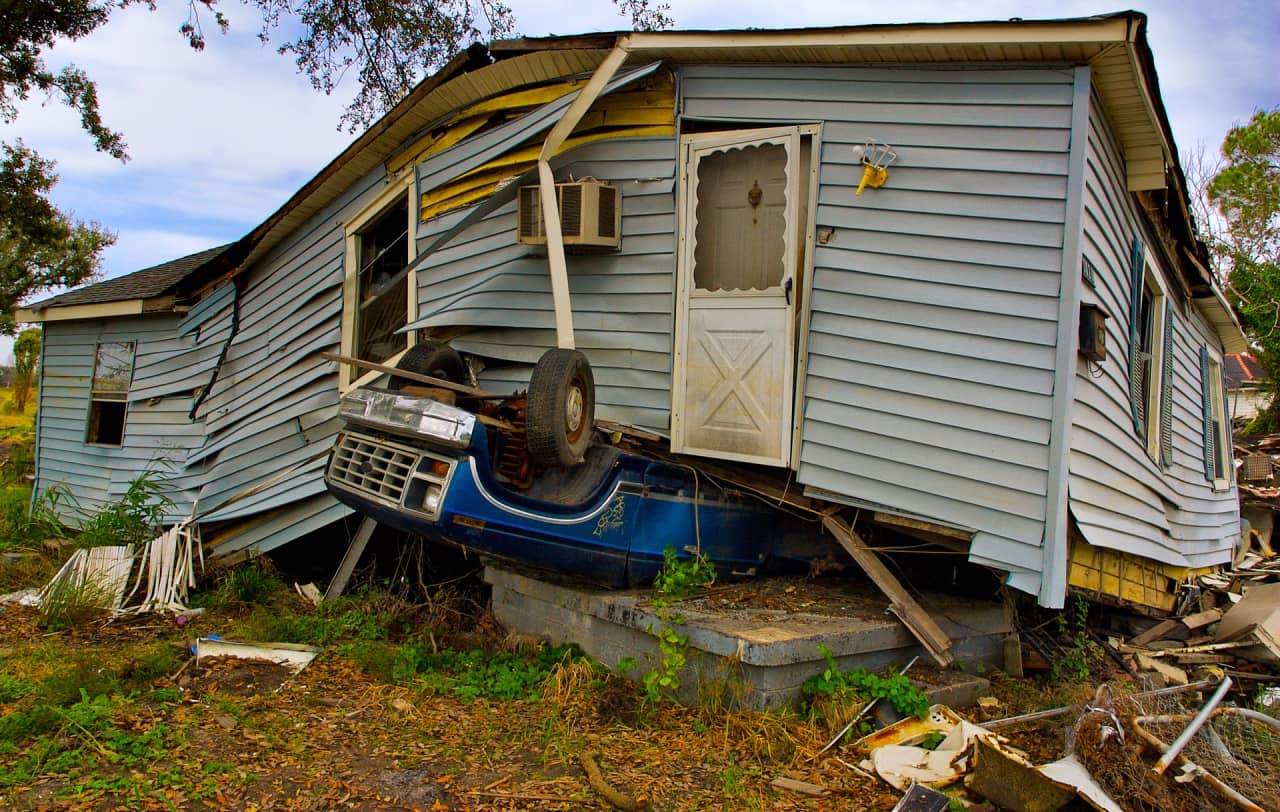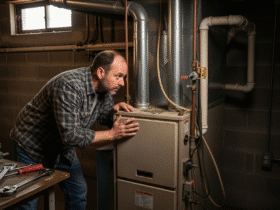Storms can pose great danger to you and your home, whether a tornado, hurricane, or high wind. During a storm, your home’s roof and siding may get damaged by strong winds, making way for stormwater to get inside your house. This makes your home susceptible to flood damage, causing massive structural damages like mold growth and rotting. Your doors and windows also take a beating too, leading to breakages.
Powerful storms can be extremely destructive, leading to thousands of dollars in damages. After a storm, you should file a storm damage insurance claim to cover the damages to your property. While this can save you lots of money in storm damage, the best way is to prepare your home before a storm comes to reduce the damage.
Since you can’t control the weather, here are some tips to protect your home from storm damage and reduce repair costs:
1. Make sure your roof is in the best condition
Your roof is the first line of defense against severe storms, and it’s usually the most vulnerable part of your house in a storm. That’s why you need to ensure it’s in the best condition before a storm hits your area. Check your roof for any loose or cracked tiling and other visible leaks. Remove any debris and leaves on your roof that could clog your gutters and prevent proper drainage during a storm. It’s also crucial that you check for any damaged or missing shingles that could create weak spots in your roof, making it more vulnerable to storm damage.
A professional roofing company can help perform a thorough inspection of your roof and repair or replace any damaged parts. This can help ensure the integrity of your home’s roof, so it can remain intact during a storm and prevent water from infiltrating into the house.
2. Install Hurricane Shutters
Like the roof, your home’s windows and doors are your home’s weakest parts and most vulnerable during a storm. Strong winds and heavy rains can easily break your windows and doors, allowing strong winds to get inside your house. The winds can cause massive damage to property inside your house and apply upward pressure on your roof, blowing it off. Without the roof, your home’s walls can easily collapse, damaging your house completely.
Installing impact-resistant shutters on your windows and doors can prevent them from shattering due to the strong winds and flying debris during a storm. This way, the wind doesn’t get inside your house, preventing damage to the interiors as well as your roof. Aluminum and steel shutters offer the best protection against the strong force of windstorms.
3. Cut Or Trim Your Trees
Trees add beauty to your yard and provide great outdoor spaces for relaxing when the weather is good. However, strong storm winds can snap large tree branches, causing massive damage to your home’s roof and sidings. The branches could also fall on your car or even topple power lines, causing more destruction and power outages. It’s also worth noting that if your trees fall onto your neighbor’s house, you’ll be liable for the damages caused.
Regularly cutting and trimming your trees can help ensure there are no loose branches and dead trees that could cause structural damage to your house during a storm. It’s also crucial to ensure no branches touch hydro cables when trimming to avoid getting electrocuted. A landscaping professional can help keep your trees trimmed and in the best condition before a storm. They can also help remove yard debris and items like flower pots and outdoor furniture that could become projectile during a storm, causing damage to your house.
4. Inspect your Fence for Loose Pieces
Your yard’s fence can quickly become a liability in a storm. Carefully inspect your fence for any loose posts or damaged pieces that could easily break loose in a storm wind, causing damage to your windows, doors, and roof. Shake each post to ensure they’re firmly in position and check that the gates are tightly secured.
5. Flood–Proof Your Home
Heavy rain storms can cause flooding, potentially damaging your valuables and your entire home. If you live in an area prone to flooding, your Homeowners insurance may not cover damages caused by flooding during a storm. The best option is to ensure the heavy rainstorms don’t flood your house in the first place.
Dry flood-proof your home’s foundation with concrete to make it watertight. Alternatively, wet flood-proof your home’s crawlspaces and basement to allow water to flow through and prevent flooding. Another great way to prevent water from flooding your basement and damaging your home is ensuring you have a sump pump. If you already have one, make sure it’s in good working condition, so you can use it to pump out any water that gets inside the house during a storm.
6. Keep Valuable Items in a Safe Place
While it might be difficult to completely prevent your house from being damaged, especially in a severe storm, you can protect your valuable items from getting damaged by storing them safely. Put all your important documents inside a zip-top bag and keep the bag safely in a watertight container. Ensure you place the container in a high-up place such that it cannot get wet even if it floods.
Keep your other precious items, such as collectibles, jewelry, heirlooms, and artwork in a secure warehouse. Be sure you document and insure valuable items before storing them. Scan all your documents before backing them up, whether on a hard drive or in the cloud. Wrap wooden legs of chairs and tables in plastic bags to prevent water damage. Preparing early enough will ensure all your valuable items remain safe even during a severe storm.
Endnote
Severe storms can cause massive structural damage to your property. While you cannot prevent storms from happening, you can prepare for them early enough and stand a chance of surviving the severe weather. Follow these tips to ensure your house is strong enough to withstand the strong winds and heavy rains during a storm. This way, you can save thousands of dollars in house repairs after the storm.












